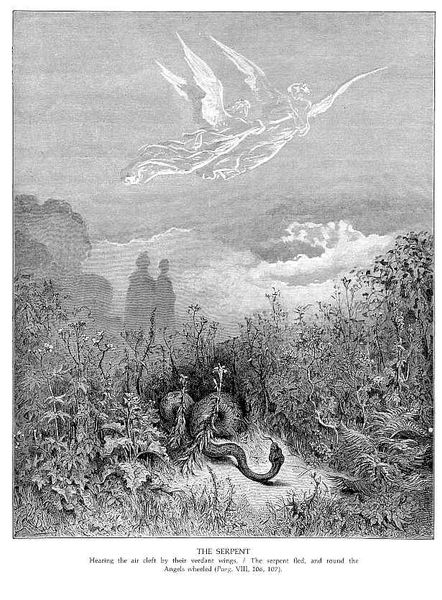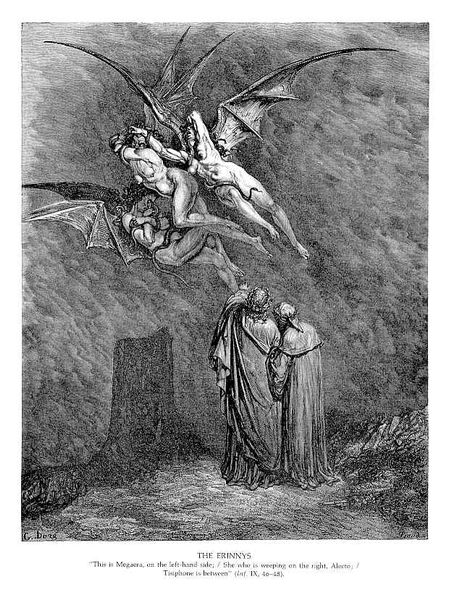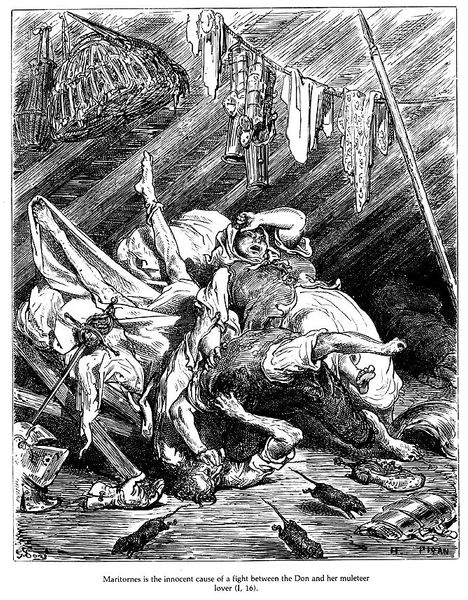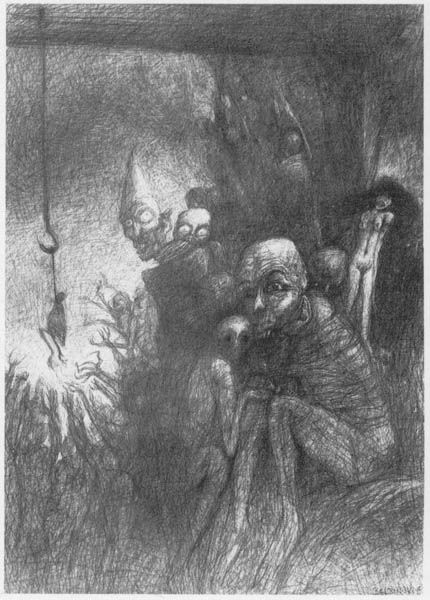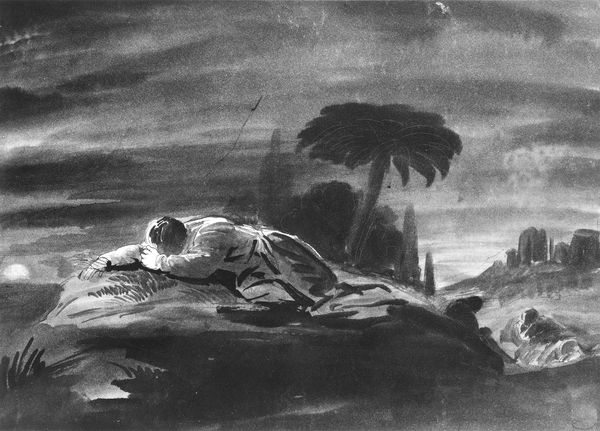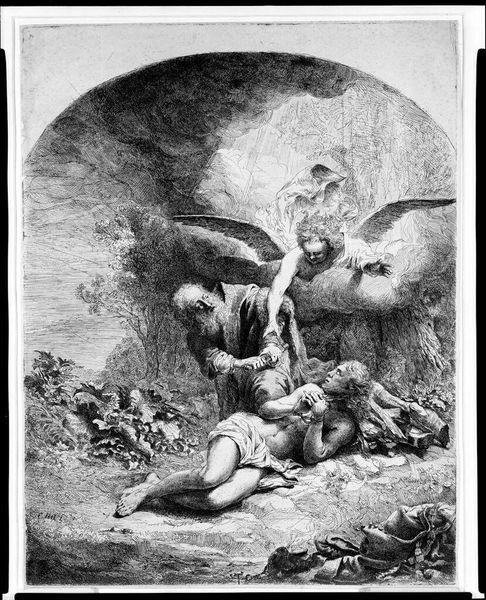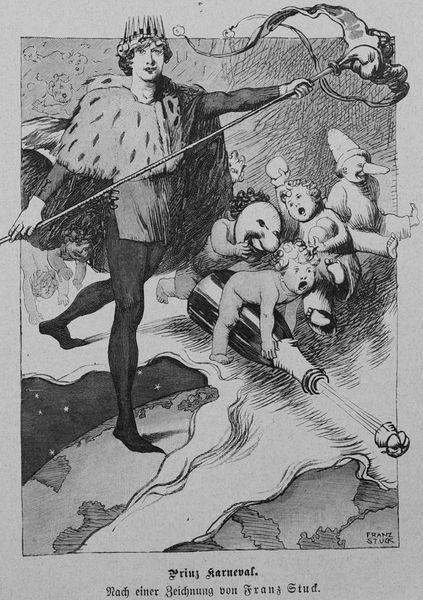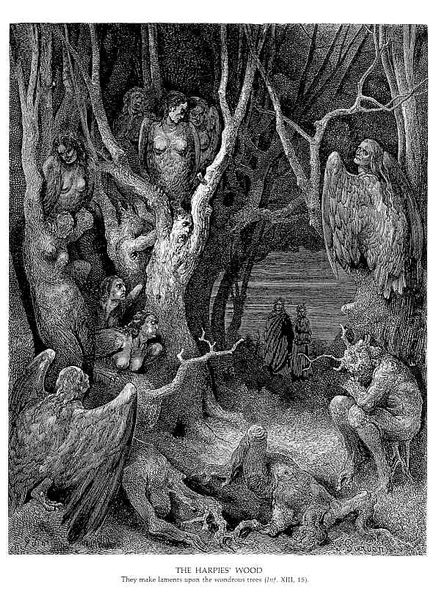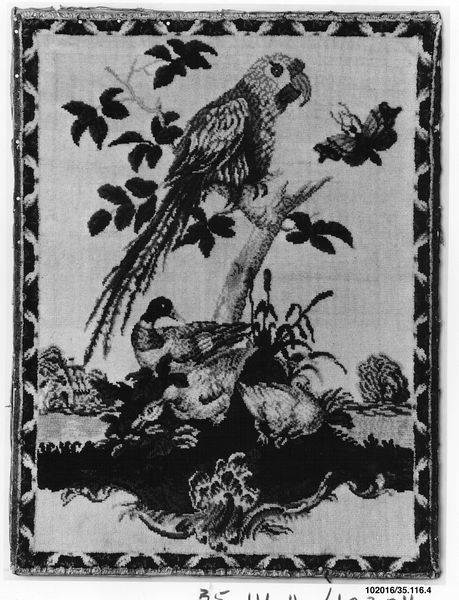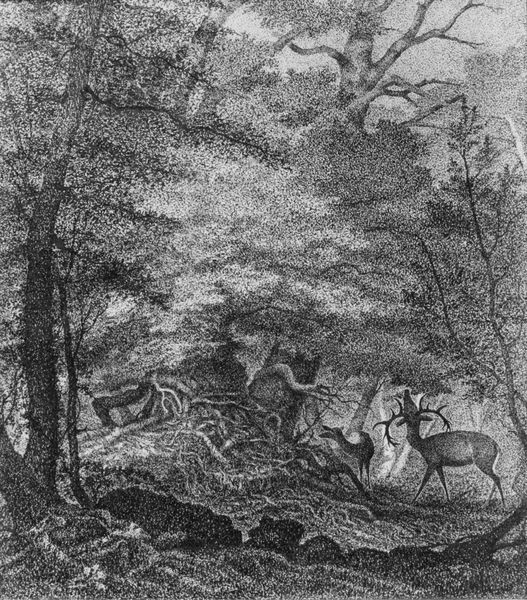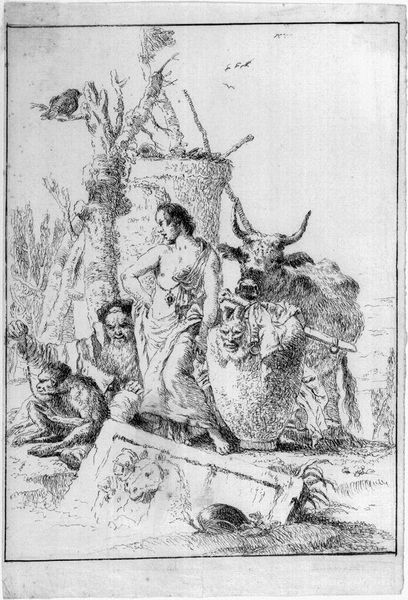
textile
#
baroque
#
landscape
#
textile
#
decorative-art
Dimensions: H. 25 x W. 21 inches
Copyright: Public Domain
Curator: Here we have "Parrot and Squirrel," a stunning textile landscape created sometime between 1730 and 1765 by the Savonnerie Manufactory. Editor: My immediate impression is that the texture has this fantastic plushness. You can almost feel the density of the yarn. Curator: Indeed! Savonnerie was renowned for their luxurious pile carpets, commissioned primarily by the French royal family and aristocracy. This particular piece is fascinating because it displays both decorative-art and baroque elements. Editor: Which suggests a transitional point in taste and function. Considering the labour involved, who would have commissioned this? The aristocracy or perhaps a wealthy merchant looking to emulate courtly fashion? How does the material reflect its owner's social status and aspirations? Curator: Given the period, and the stylistic qualities, almost certainly a member of the French aristocracy, the parrots, in particular, were symbols of wealth and far-flung colonial power. Think of the symbolism involved with commissioning this work. Editor: Speaking of that symbolism, the landscape setting and the inclusion of flora and fauna. Was this particular piece intended for use as flooring, or perhaps something more like a wall tapestry or even furniture adornment, something closer to craft than art? Curator: Originally these textiles were highly fashionable items in high-end circles of French Society to adorn stately rooms with Baroque flourish and create status in material goods for those families who had means to make that possible. This piece now finds its home within the hallowed halls of the Metropolitan Museum of Art in New York. It prompts interesting considerations around access, the display, and its continued legacy. Editor: Absolutely. It underscores how something so deeply tied to its own time can still spark such relevant discussions today. Curator: Precisely; observing the materials and contemplating its history allows us a glimpse into societal power and how an art form can represent a specific epoch.
Comments
No comments
Be the first to comment and join the conversation on the ultimate creative platform.

